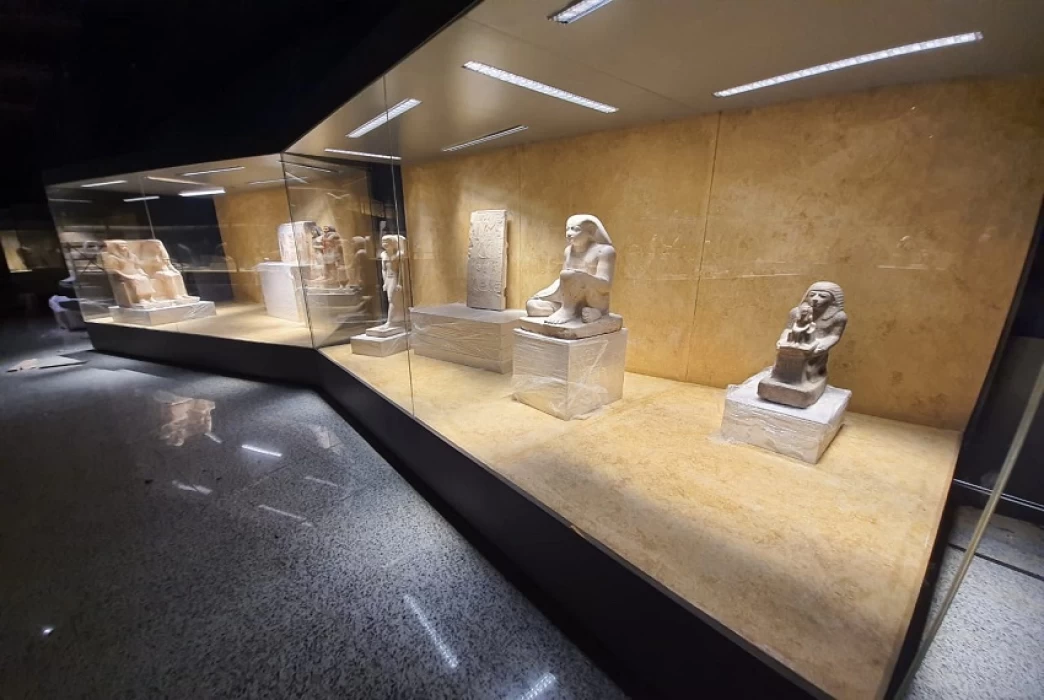
Sharm El Sheikh Museum-SIS
Sharm El Sheikh Museum-SIS
The museum, which was first suggested in 1999, is housed in 191,000 square meters. The project's planning started in 2003, stopped in 2011, and then resumed in 2018 with a budget of EGP 812 million. The museum comprises three exhibition halls and also features entertainment zone which includes several restaurants, souvenir shops, traditional handicrafts, open air theatre, and spaces for cultural and social activities.
Having the status of the first and the lung of Egypt’s antiquities in the city of Sharm El Sheikh which is renowned all over the world as a city for beach oriented activities, the region is aimed at being a center for cultural exchange among humans and cementing cultures, and also a realistic tourism enhancement in the course of the plans by the ministry to diversify the recreational and cultural activities offered to the tourists coming to the city such that, in addition to the beautiful beaches and fun water and land activities that the city hosts, there is also the element of the ancient Egyptian civilization that the people get to experience.
The Great Hall showcases various artworks depicting the Egyptian family during different periods in history which is representative of the people and animals that existed in ancient Egypt. It also features a collection of sphinxes which depict human and animal forms, as well as a figure of a man beside a small girl believed to be his daughter. Furthermore, it is in this place that some of the holy creatures worshiped by the Egyptians, including cats and pet-formed jars which are dated back to 2019 and were found in the excavation site of Saqqara.
The term Hathorian Corridor was derived from the goddess Hathor whose stature carried out the presence of many artifacts along with effigies of kings such as Thutmose I, Hatshepsut, Nachtnabo, Ramses II, and Ramses III and a mock-up of a full archaeological grave with all its aspects and burial utensils.
The exhibition at the museum is notably featuring 10 artifacts from King Tutankhamun’s collections, before they are even showcased at the Grand Egyptian Museum. Alka's petrified figurine embellished with black tar and depictive of a tail crest adorned with a zonne on his head has been selected as the highlight piece of this display. A unique piece of exhibition that many visitors are keen to see as it depicts some of the treasures of the young king for the first time, and the museum also has means of access to all handicapped individuals visiting the museum.
Latest Articles
Admin
Aswan Governerate in Egypt
Aswan was known as ‘Sonu’ in ancient Egyptian times, meaning market, as it was a trading centre for caravans coming to and from Nubia. In the Ptolemaic era, it was called ‘Sin’ and the Nubians called it ‘Yaba Swan’. It was also known as the Land of Gold because it served as a great treasure or tomb for the kings of Nubia who lived there for thousands of years. Before the migration, Aswan's borders extended from Asna in the east to the border of Sudan in the south, and its inhabitants were Nubians, but after the Islamic conquest of Nubia, some Arab tribes settled there.
Admin
About Luxor Governorate in Egypt
The South Upper Egyptian area is home to the Egyptian governorate of Luxor. Its capital is Luxor, which was formerly Thebes, the capital of Egypt throughout multiple pharaonic eras. Its centers and cities are spread over both sides of the Nile River. The said governorate was established by Presidential Decree No. 378 of 2009, which was promulgated on the 9th of December of that year.
Admin
History of kafr El Sheikh Governorate
Kafr El Sheikh Governorate, located in the far north of Egypt in the Nile Delta, overlooking the Mediterranean Sea, is characterised by the diversity of natural life and environments, and is one of the Egyptian cities that can be visited after the end of the first semester exams at universities and schools, as it features many diverse tourist and recreational places at symbolic prices within everyone's reach.
Admin
Egypt's New Administrative Capital
The New Administrative Capital is considered the project of the era because it reflects a perfect image of the future and progress on the economic, cultural, social and civilisational level, as the capital is considered the new capital of Egypt at the present time. The importance of the New Capital is that it is a comprehensive transformation of the future of buildings, services and national and mega projects in Egypt.
Admin
Al Gharbia Governorate
The Governorate of Gharbia is inclusive in the geographical area of The Arab Republic of Egypt which is in the African continent, more specifically in the region surrounding the Nile delta, between Damietta and Rashid governance. To the control of the region from the north is Kafr El-Sheikh Governorate, from the south Menoufia Governorate, from the east – Dakahlia, Qalyubia Governorates, and to the west is the Beheira Governorate.
Admin
Hamata Islands (Qulaan Archipelago) in Marsa Alam
Each reserve has several sectors. In Wadi El Gemal Reserve, there is one of the natural areas called the Hamata area or Hamata sector in Wadi El Gemal Reserve. Its sectors are the perfect and most ecological, land and water, and host countless animals and plants found in the oceans and on the land.
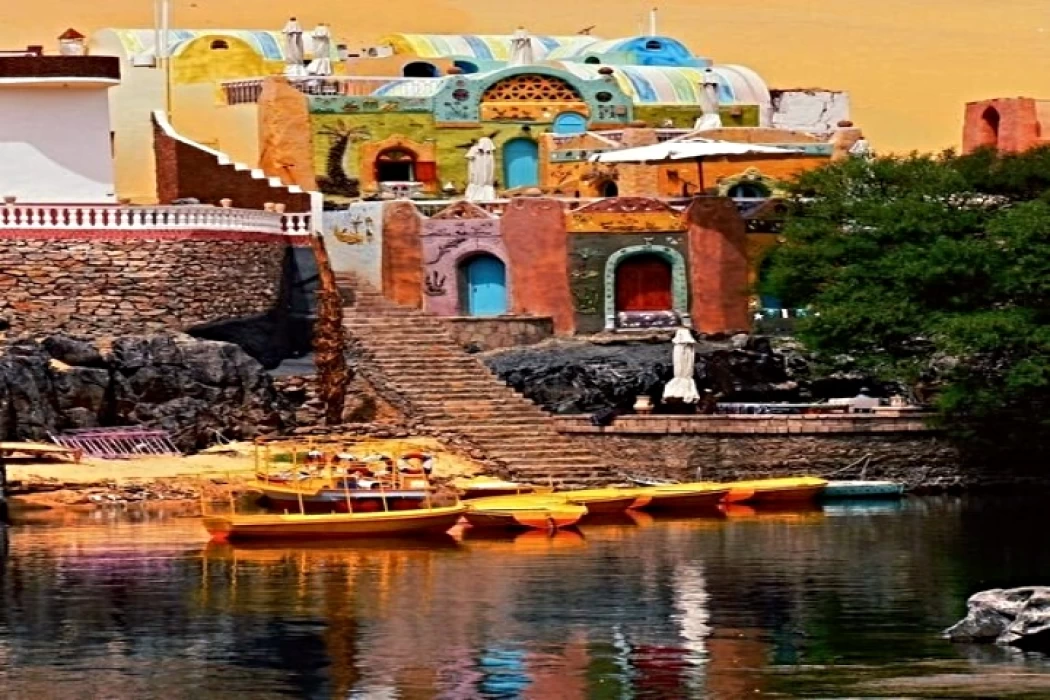
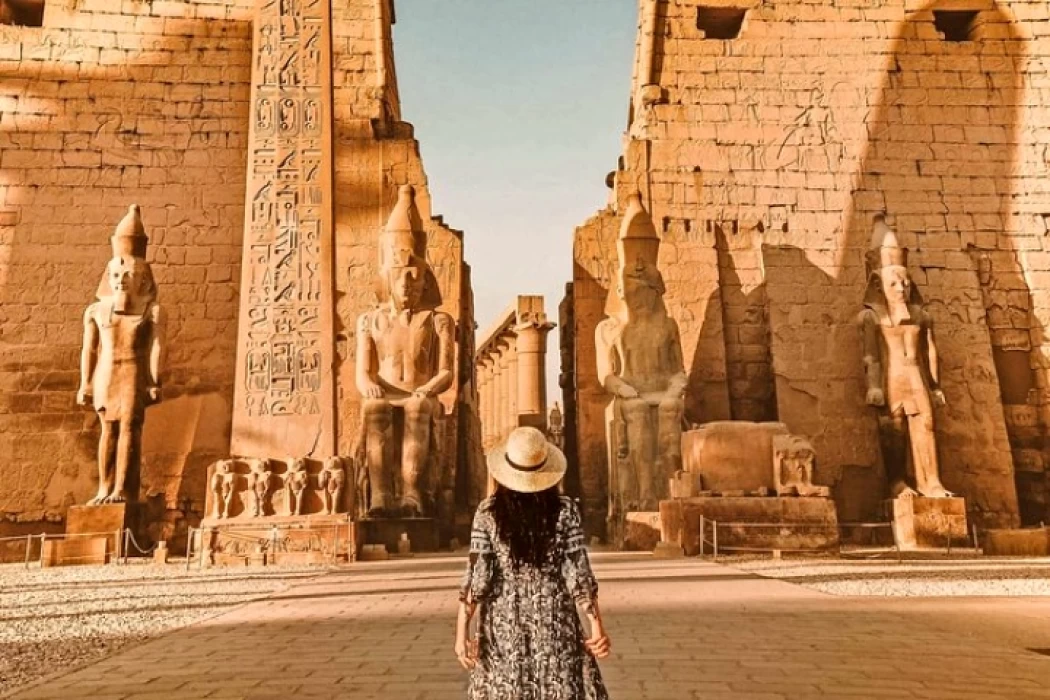
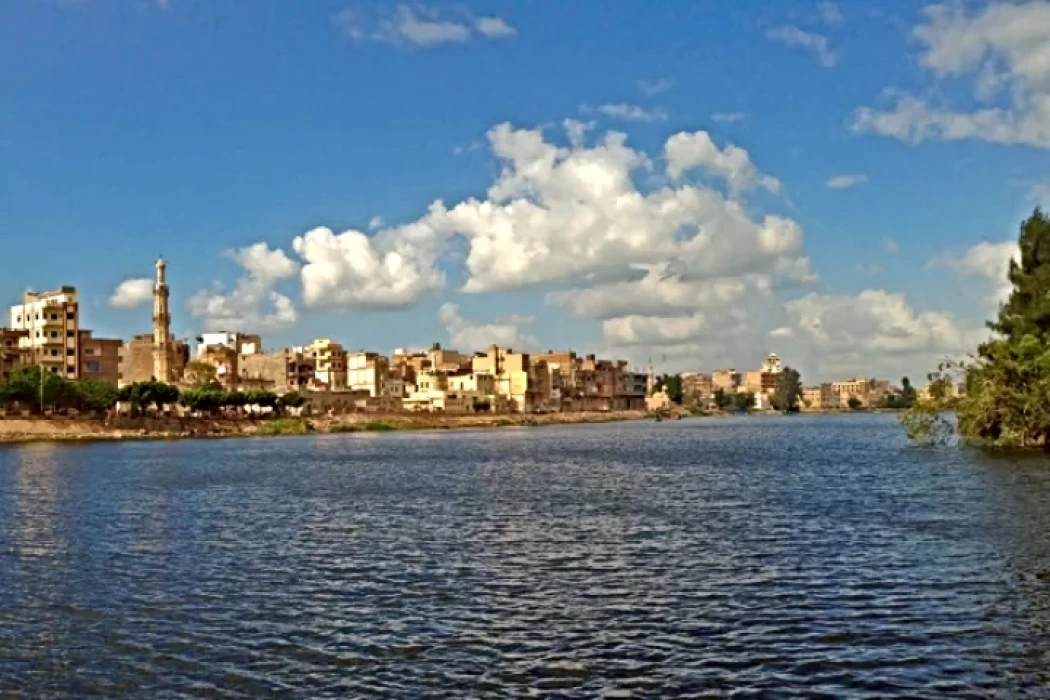
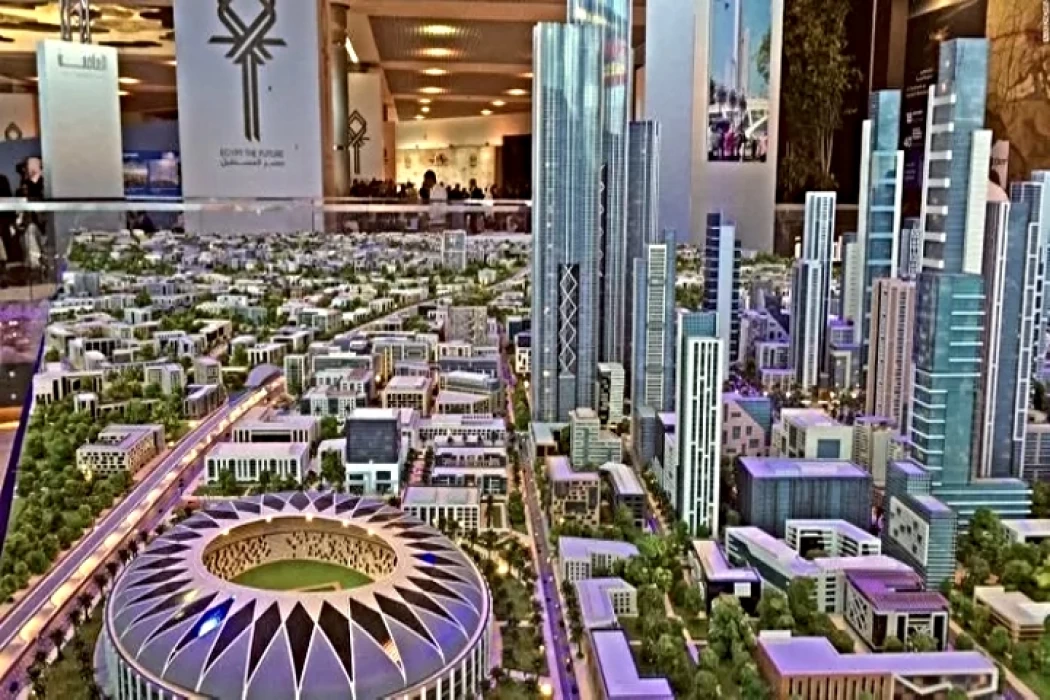
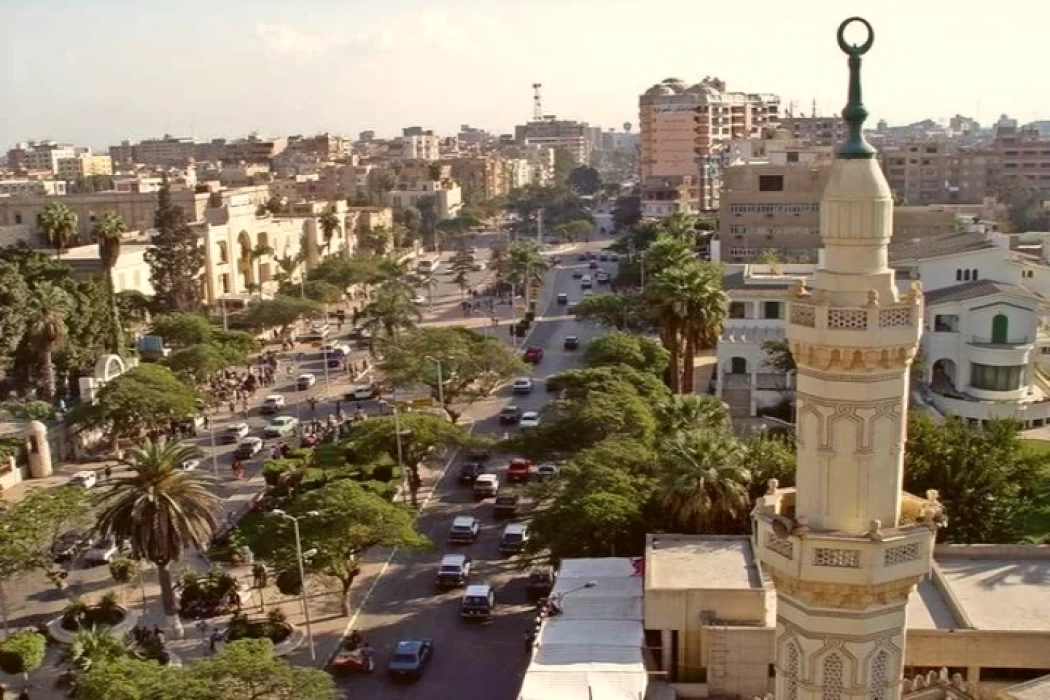
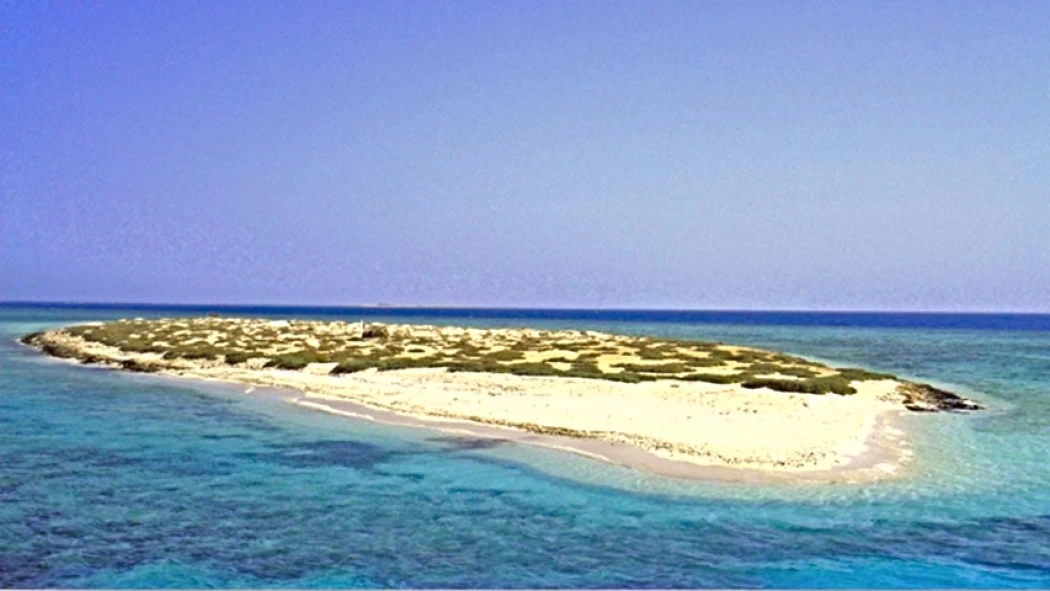
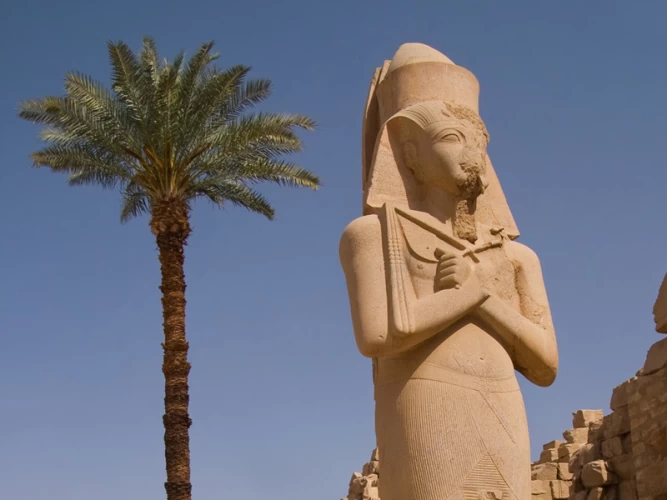

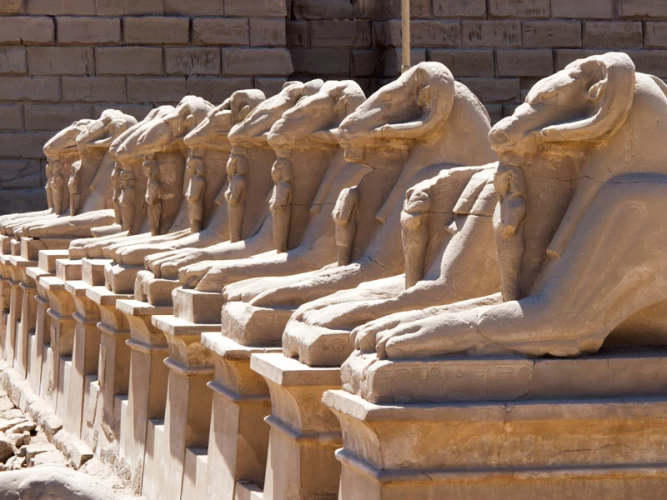
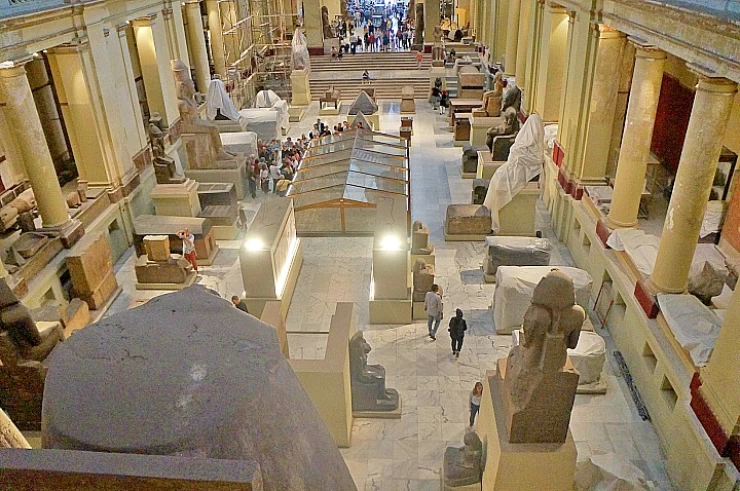
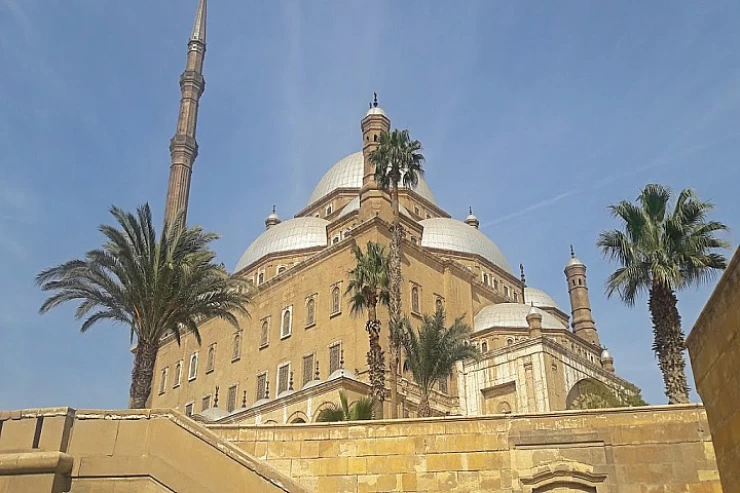
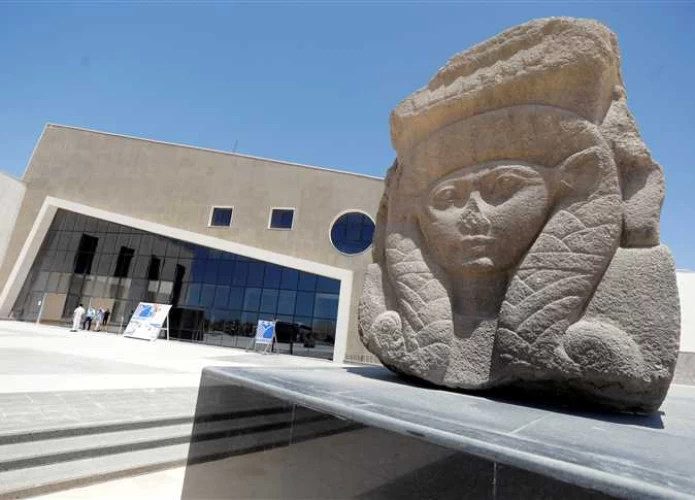
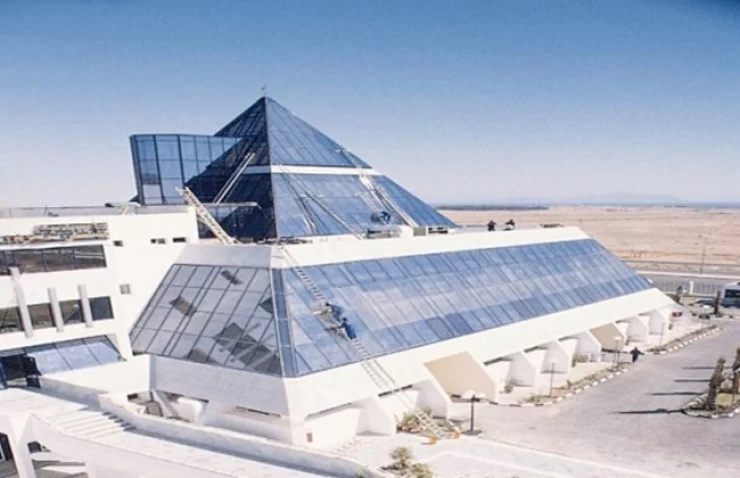
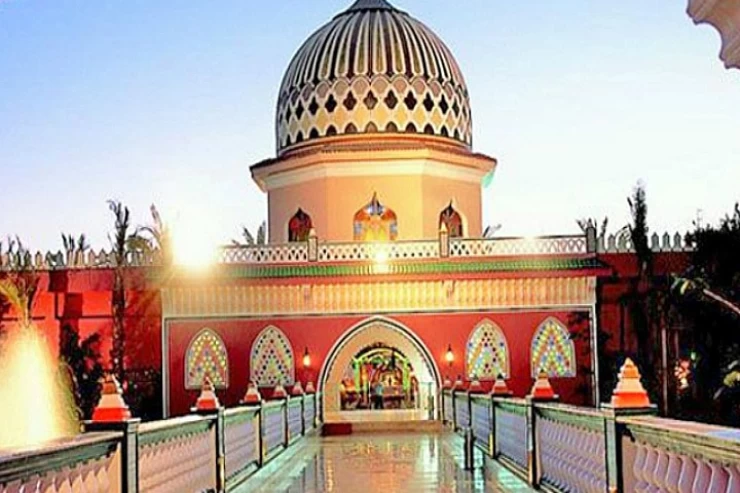
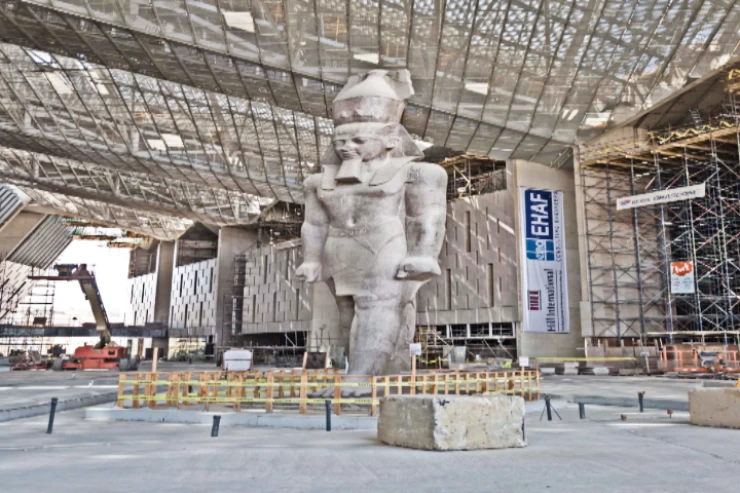
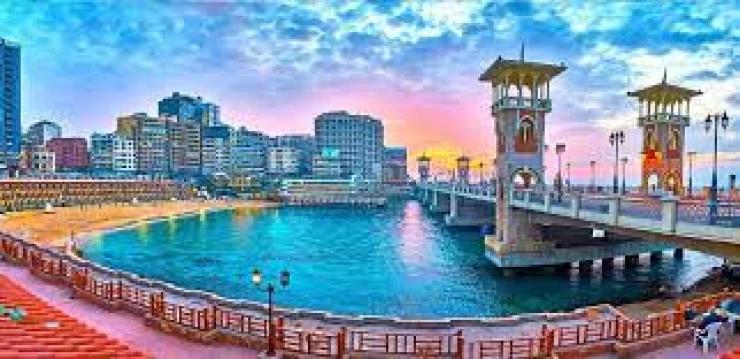
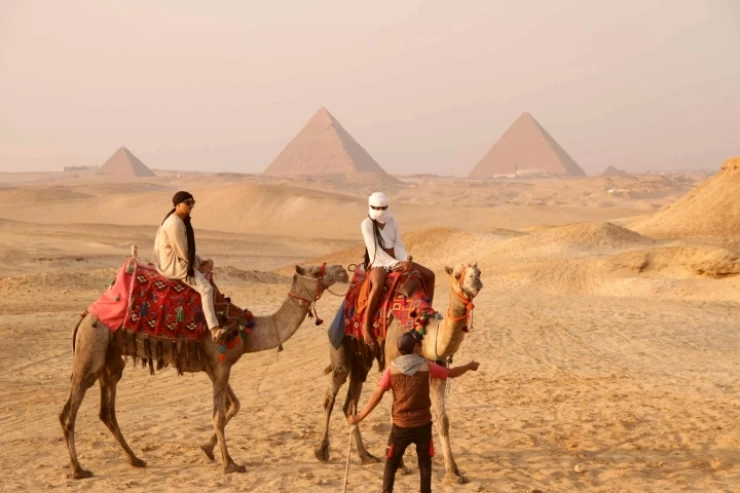
-webp.webp)







